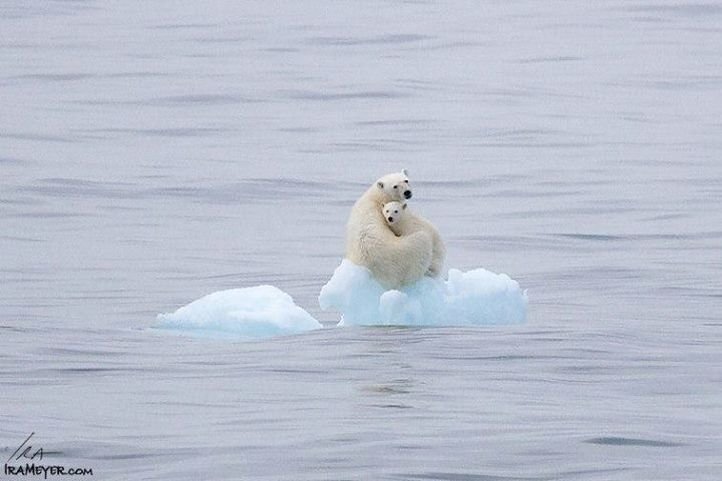https://www.nasa.gov/sites/default/files/thumbnails/image/15-115.jpg
Ways we can reduce emissions is through energy use, transportation, buildings, operations and purchasing, forests, and carbon sequestration. "The most effective method of reducing emissions is to cut energy use" (Robertson, 2014, p.87). By cutting back on burning fossil fuels, we will be emitting less greenhouse gasses. Another way of saving energy, is by using energy efficient objects. Light bulbs, heating rooms, and electric motor can all be replaced with items that use less energy to do the same work. Transportation is one of the biggest contributors of carbon monoxide emissions. By traveling on a bus or train, limiting how often you drive, and start walking to places, you will be burning less fossil fuels. Buildings use a lot of energy, and need to switch over to energy efficient appliances. When purchasing objects, we need to buy locally sourced products, that are also recycled. Forests do both good and harm. They provide habitats from the animals that live there, but are also a big source of carbon. When trees are cut down, the carbon that is inside is released into the air. "The more frequently a forest is harvested, the more carbon is emitted" (Robertson, 2014, p. 88). Carbon sequestration is a type of technology that takes carbon dioxide produced from an industrial process, and is then pumped down into porous locations.
https://www3.epa.gov/climatechange/ghgemissions/img/unmappedimage.png
For the Earth to respond to climate change, we need to lower greenhouse gasses and adapt to the changes that have already occurred. These changes that have occurred already are the rising sea levels. We need to be prepared for coast lines to start disappearing, and for cities like New York, to start becoming flooded. Florida will be wiped off the map pretty soon, along with islands all over the world. The only places that will be safe will be mountain ranges, and cities high above sea level. With the increase of temperatures, we have already seen species starting to disappear, and this will happen to more as their habitats are destroyed. An example is animals living in Arctic regions. The ice caps were they used to live are breaking off, and are melting. This is pushing the animals all into one area now, and food sources are going to be used up very quickly. The melting of the icebergs is going to cause the extinction of wild polar bears, and other members of their community.
https://s3.scoopwhoop.com/anj/Dead_bear4387/440063853.jpg
Works Cited
Robertson, M. (2014). Sustainability principles and practice. London: Routledge, Taylor & Francis Group.



No comments:
Post a Comment